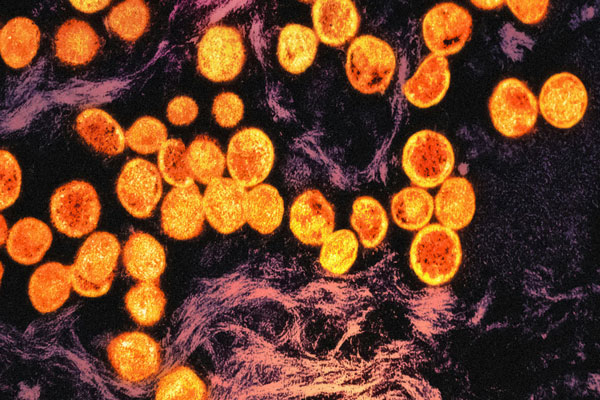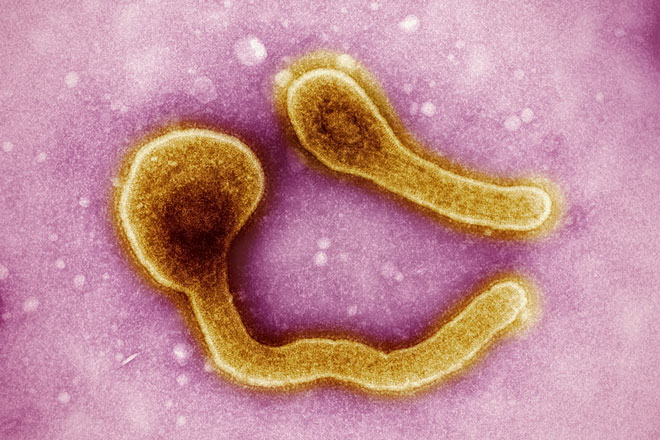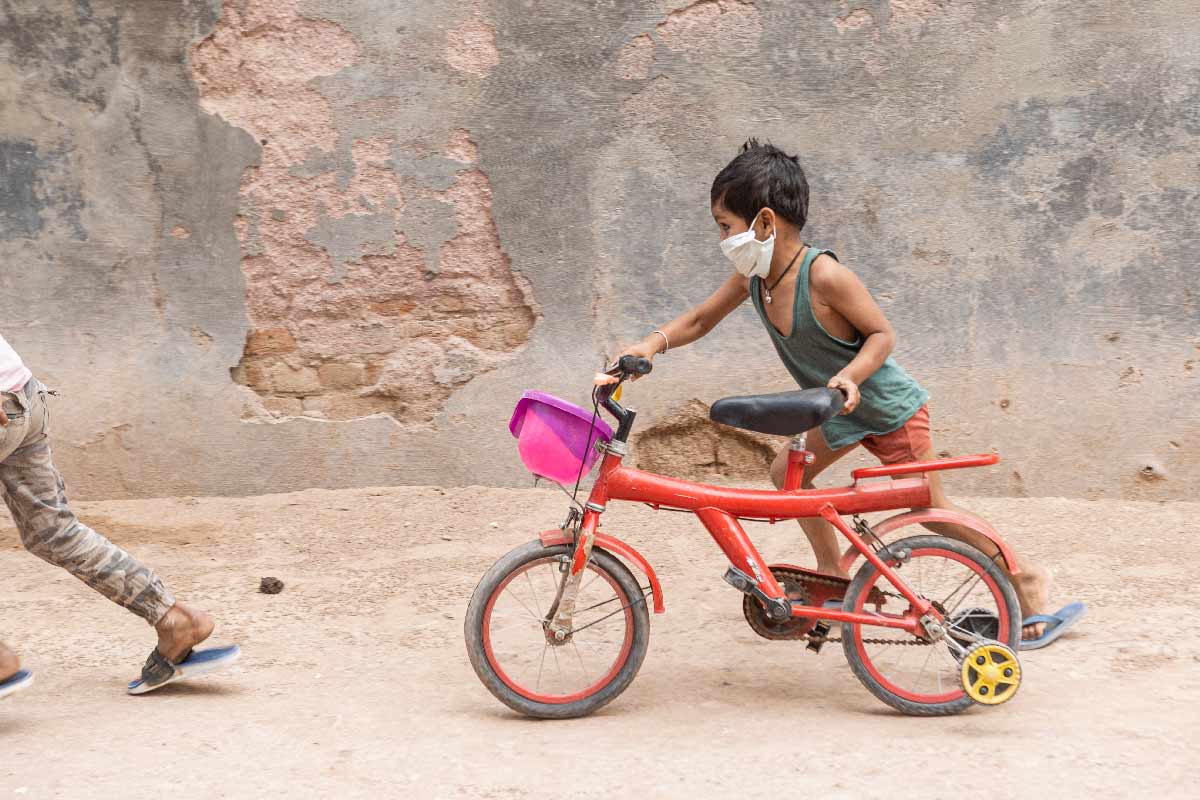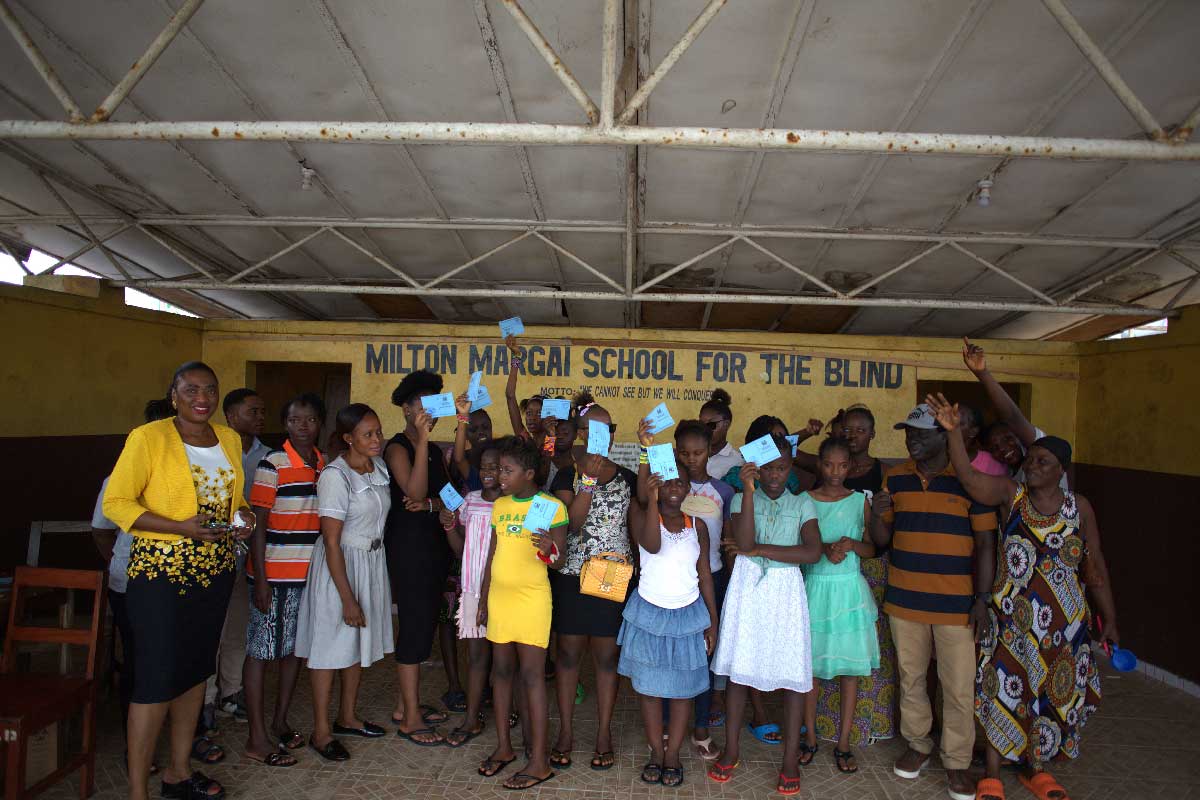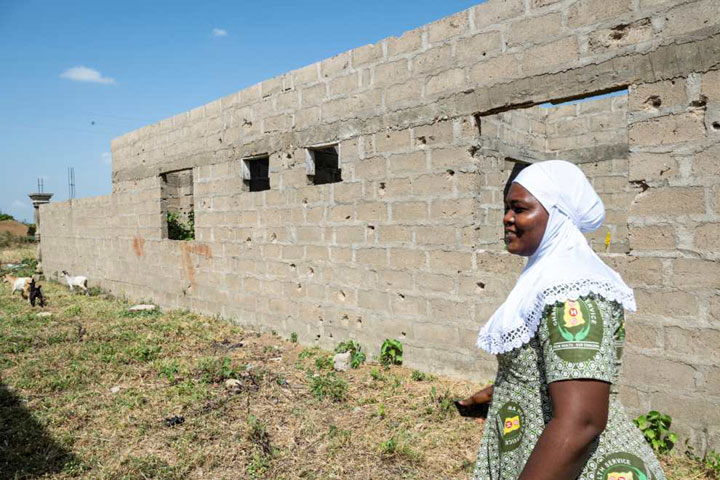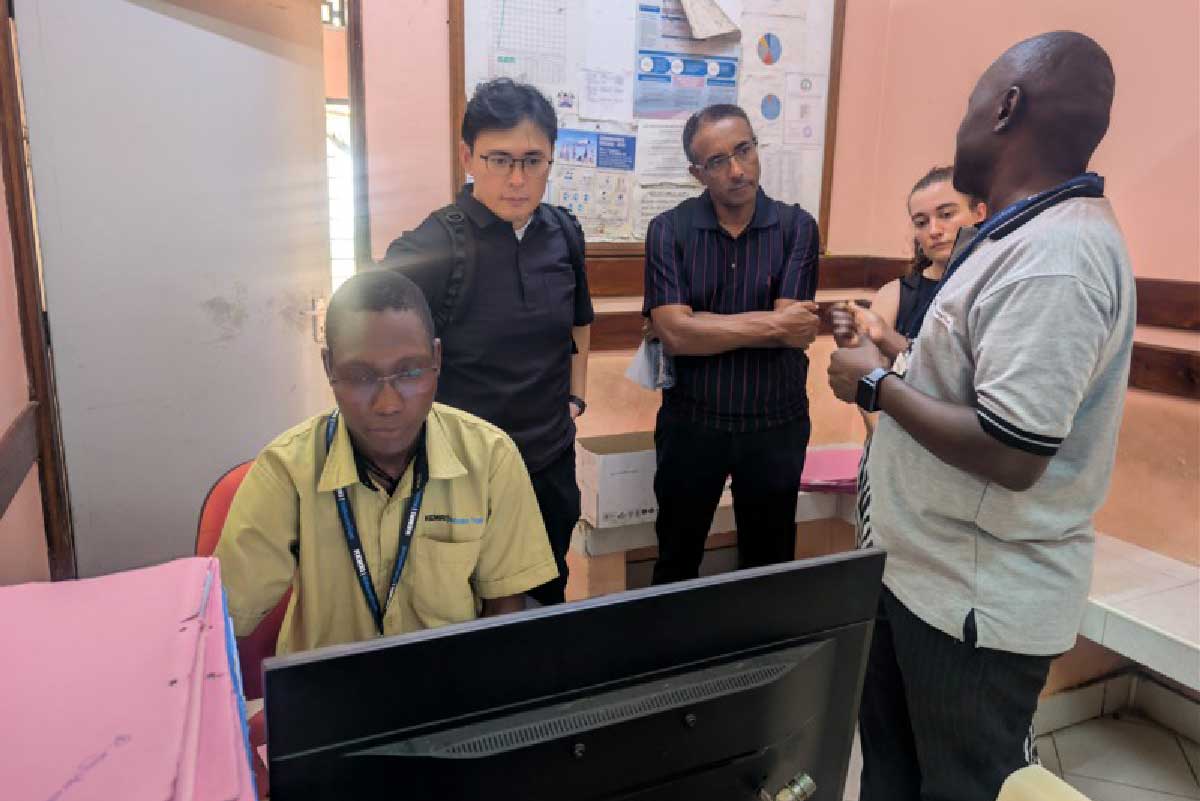What is the meningitis vaccine stockpile?
The fight against meningitis has seen crucial victories in Africa’s meningitis belt, but different strains continue to pose threats. Vaccination and emergency stockpiles remain vital tools to keep us all safe.
- 28 April 2025
- 4 min read
- by Priya Joi
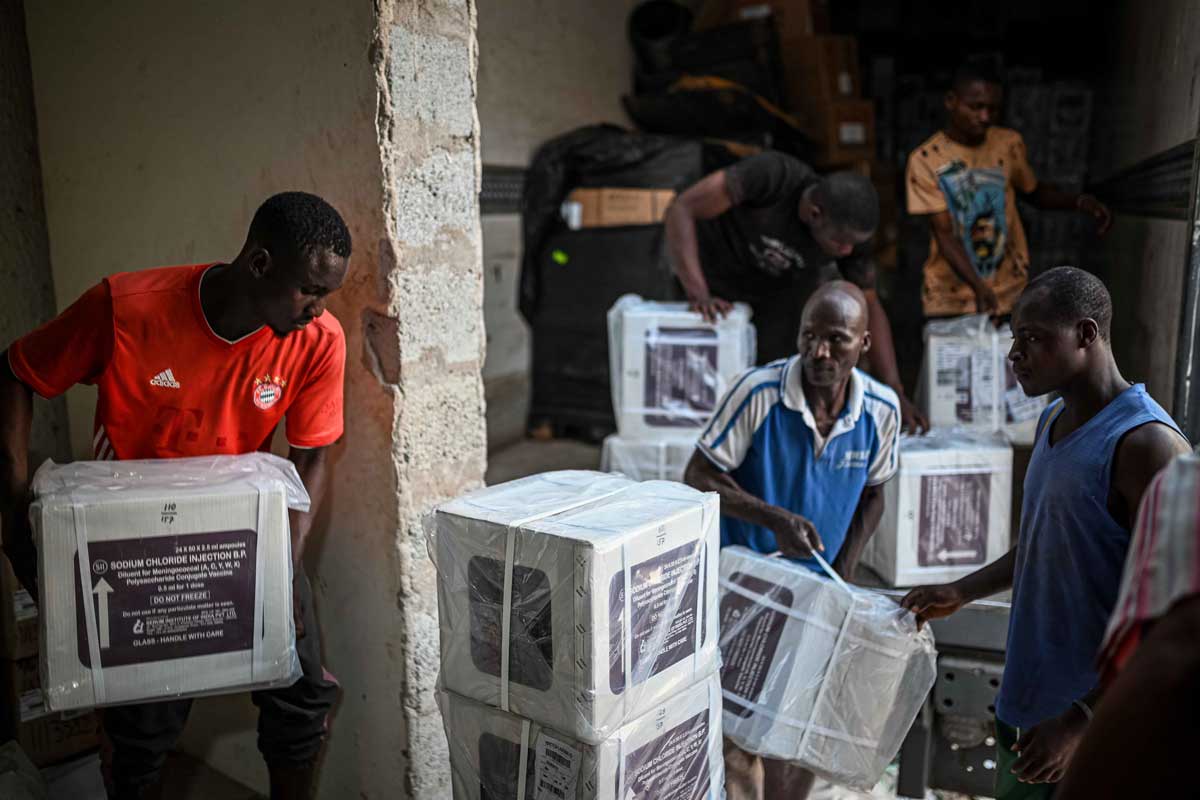
When Nwandieze Fortune Onyedikachi became sick age 12 in Lagos State, Nigeria, the doctors thought it was malaria. He had a headache, fever and chills, all symptoms pointing to the mosquito-ridden disease prevalent in the country.
But then he started to develop severe neck stiffness, and by day five, now suffering from intense hallucinations and sensory distortions, he was terrified. He deteriorated further to debilitating tremors, photophobia (hypersensitivity to light) and persistent vomiting, alongside unbearable muscle pain.
Doctors now realised he had cerebrospinal meningitis, and Onyedikachi’s was one of the first recorded cases of an epidemic that affected the region that year (1997).
Now, as a 39-year-old survivor, he remembers his illness spurring an urgent vaccination drive across Lagos State to fight the epidemic.
The fight against a disease that infects the meninges – the protective membrane surrounding the brain and spinal cord – has seen some important wins. Before the roll-out of the Gavi-supported Men A vaccine, Neisseria meningitidis (meningococcus) serogroup A accounted for 80–85% of meningitis epidemics in the 26 countries located in the African meningitis belt, which stretches from Senegal to Ethiopia.
To date, 24 countries in the meningitis belt have conducted mass vaccination campaigns with Gavi support and meningitis A cases have been virtually eliminated thanks to this concerted effort f–rom global partners, donors and, most importantly, communities in affected countries who are driving effective vaccination programmes.
However, other meningococcal strains (i.e. C, W, Y and X) continue to cause devastating epidemics. For both routine vaccination and emergency response, Gavi now supports a pentavalent vaccine that protects against meningococcal serogroups A, C, Y, W and X.
Preventative action against serogroups CWXY aims to reduce the need for outbreak response – particularly in the high-risk countries in the meningitis belt where epidemics have been most frequent and impactful in recent years.
What is the meningitis stockpile?
It is a reserve of vaccines, antibiotics, and injection materials managed by the International Coordinating Group (ICG) on Vaccine Provision for Epidemic Meningitis Control, established in 1997 by the International Federation of Red Cross and Red Crescent Societies (IFRC), Médecins Sans Frontières (MSF), UNICEF, and the World Health Organization (WHO), following devastating outbreaks in Africa, and funded by Gavi since 2009. From 2009 to the end of 2024, the multivalent meningococcal vaccine emergency stockpile had been accessed 68 times by 16 countries, with more than 34 million doses shipped from the stockpile.
The stockpile provides rapid, emergency access to life-saving supplies during meningitis epidemics, particularly in the African "meningitis belt," which stretches from Senegal to Ethiopia, putting 500 million people at risk of the disease.
As Lorenzo Pezzoli, Team Lead for Meningitis and Epidemic Bacterial Diseases in the WHO Emergency Programme, says: “The ICG stockpile embodies global solidarity – a promise that vaccines and antibiotics will reach communities that need them. It was created in 1997 to promote fair and equitable allocation of vaccines during the large-scale epidemics that were devastating the African meningitis belt at the time. Since then, it has saved countless of lives and remains a global example of how life-saving resources can be allocated based on equity and country needs.”
The stockpile typically includes millions of doses of meningococcal vaccines –especially those targeting serogroups C and W, which have been the serogroups causing most outbreaks in recent years – as well as the antibiotic ceftriaxone for emergency treatment.
Have you read?
Why is the stockpile needed?
Meningitis epidemics are unpredictable and can escalate rapidly, causing high rates of death and severe, lifelong disabilities, especially among children and young adults.
This unpredictability means that forecasting the exact need for vaccines is challenging, although scientists are starting to use weather predictions to narrow their predictions.
The African meningitis belt is particularly vulnerable to large-scale outbreaks, which can overwhelm local health systems and deplete national vaccine reserves.
The stockpile ensures that vaccines and antibiotics are available for immediate deployment, making for a swift response that is critical for outbreak containment and saving lives, and reducing the number of people affected by long-lasting disability.
The stockpile is a fundamental tool to provide countries with the means to respond to epidemics. Having said that, the ultimate solution lies in preventing outbreaks altogether by introducing the meningococcal vaccine into routine immunisation programmes to protect populations before epidemics occur.
